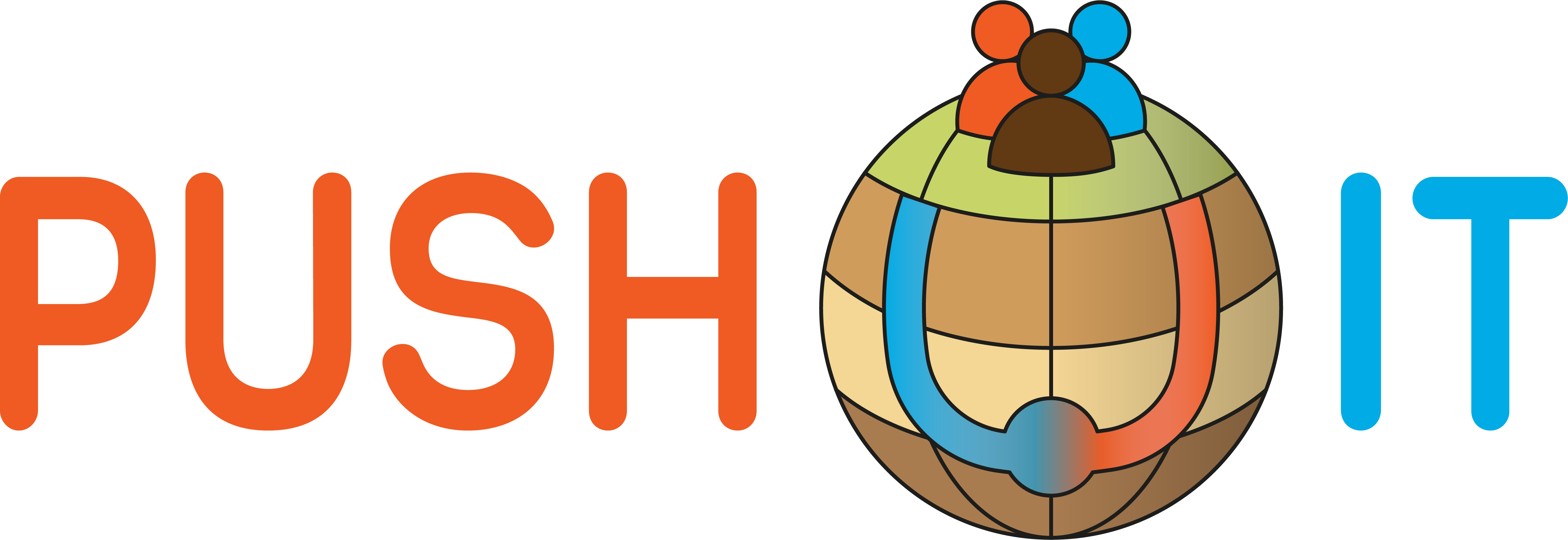Creative Engagement for Underground Thermal Energy Storage
It is becoming clear that geothermal technologies have a role to play in decarbonising the energy system. Among these, Underground Thermal Energy Storage (UTES) offers the potential to manage seasonal demand for heat. Public engagement is essential to ensure that such technologies are accepted, fair and legitimate. But for many of us, UTES is invisible and unfamiliar. This makes it a particularly challenging topic for engagement. And because UTES engagement is in its infancy, it can be difficult to know where to start when planning activities.
As part of the PUSH-IT project, we are therefore collating a catalogue of engagement resources. The catalogue will provide inspiration for a range of approaches, from school science projects to in-depth deliberative workshops.
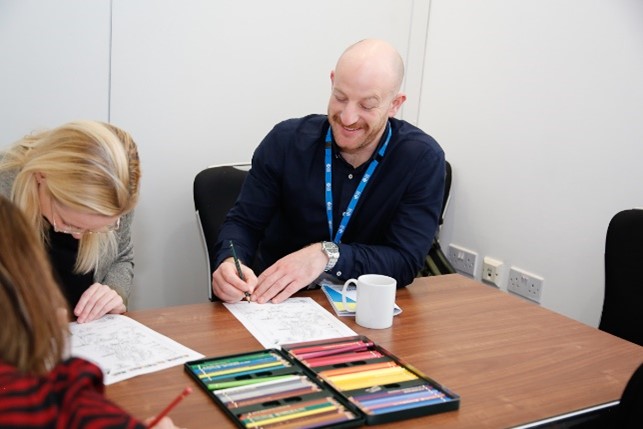
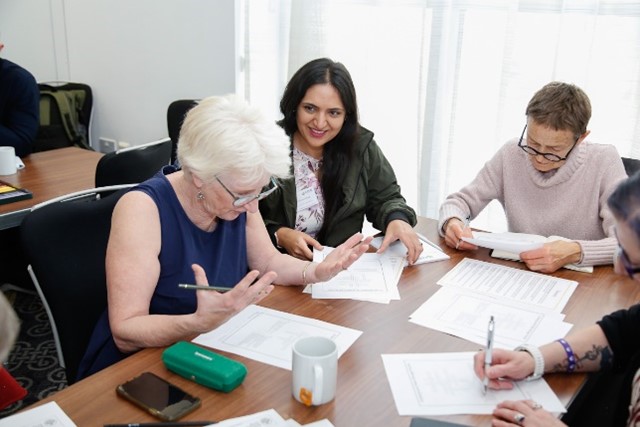
Hands-on Community Engagement
In November, our team member Dr Merryn Thomas was invited to lead a discussion on creative research methods at the Centre for Ageing and Dementia Research (CADR) annual conference in Cardiff, Wales. Merryn previously worked with CADR and intergenerational groups to co-create a bilingual climate comic and associated activity pack. When invited to present about this research, we in the PUSH-IT social science team wondered what could be learned for engaging people with UTES.
The CADR Conference provided a space to explore engagement methods with a range of stakeholders, from older members of the public to researchers and practitioners. Armed with 45 minutes, a formal conference room, and a commitment to low mess, we needed to design activities that would be quick, informative and generate conversation.
“We chose creative and playful approaches because they offer accessible and enjoyable ways to explore complex and unfamiliar issues.”
Merryn Thomas
Creative and playful approaches
We chose creative and playful approaches because they offer accessible and enjoyable ways to explore complex and unfamiliar issues. By making something that can be seen and felt, creative approaches can make intangible topics more tangible. Playful methods can enhance engagement by providing interactive experiences that sustain interest. Both also offer various wellbeing benefits, such as facilitating flow states—moments of deep focus—while fostering curiosity and accomplishment. Such methods can also encourage collaboration and dialogue, creating opportunities to share ideas, perspectives, and questions in a relaxed environment. After testing some ideas, we opted for:
- Salt Dough Tiles: Delegates crafted tiles that represented their visions of the underground. A whimsical mix of Wombles (fictional burrowing animals), fossils, and underground escalators, sparked lively discussions about our relationship with the world beneath our feet.
- Wordsearch and Crossword: The wordsearch balanced fun and learning, introducing UTES concepts while encouraging conversation. The crossword, though trickier, generated curiosity with the help of a glossary.
- Colour-by-Numbers Geology Maps: Borrowed from the British Geological Survey, these maps highlighted the beauty of geology but proved a bit too intricate for casual conversation. Delegates suggested breaking the maps into smaller regions for less cerebral colouring.
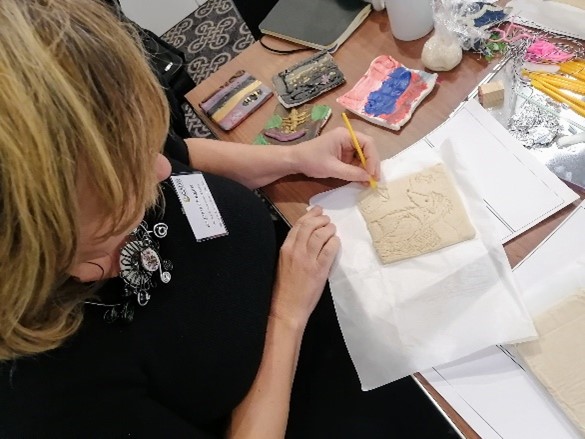
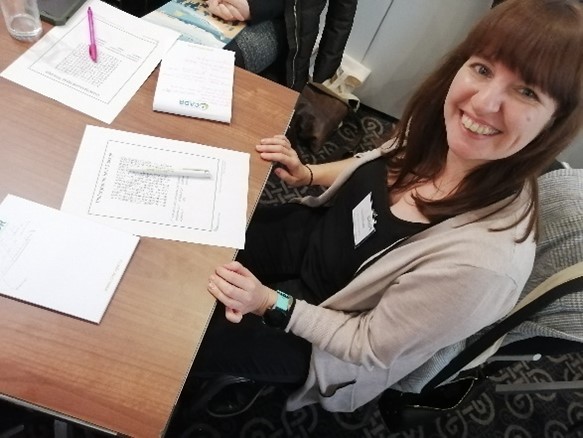
Next steps for the UTES engagement catalogue: send in your good practises and ideas!
While technologies like UTES may seem abstract, making them more tangible can help bridge the gap between innovation and societal support. As CADR delegates showed, creative and playful methods can provide a way to do this.
As we continue to gather ideas for the UTES engagement catalogue, we would be delighted to hear from you. Have you seen, dreamed up, or tried any activities that could be adapted for UTES? Please get in touch at m.j.thomas@exeter.ac.uk.
Dr Merryn Thomas, Dr Iain Soutar, Dr Mel Rohse, Dr Magdalini Kechagia and Prof Patrick Devine-Wright (PUSH-IT Work Package 2.1). Many thanks to CADR conference delegates for their enthusiasm and to CADR for hosting the event.
Further reading:
More information about PUSH-IT social science can be found here. Read and download the Climate Comic here.
For more on engaging society in energy transitions, see Soutar, I., Devine-Wright, P., Rohse, M., Walker, C., Gooding, L., Devine-Wright, H., & Kay, I. (2022). Constructing practices of engagement with users and communities: Comparing emergent state-led smart local energy systems. Energy Policy, 171, 113279.
For more on involving older and younger people in these conversations, and the value of creativity, see Thomas, M., Sorvala, L., Williams, A., Singleton, A., Maddock, C., Morgan, D., Murray, T. & Musselwhite, C. (2024). Co-creating a climate comic book: reflections on using comics in intergenerational research and engagement. Journal of Global Ageing, 1(2), 219-237.

PUSH-IT is a project funded by the European Union’s Horizon Europe research and innovation programme under grant agreement No 101096566.
Funded by the European Union. Views and opinions expressed are however those of the author(s) only and do not necessarily reflect those of the European Union. Neither the European Union nor the granting authority can be held responsible for them.
